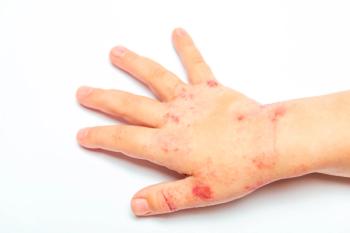
Good family communication promotes children's sun-safe behavior
Researchers at Pennsylvania State University's College of Health and Human Development say that a program that utilizes a handbook to help parents talk to their children about skin-cancer risks may promote sun-safe behaviors in youngsters.
Researchers at Pennsylvania State University's College of Health and Human Development say that a program that utilizes a handbook to help parents talk to their children about skin-cancer risks may promote sun-safe behaviors in youngsters.
The team assessed which family characteristics may contribute to the effectiveness of such an intervention program in 469 parent-child pairs; children were between 9 and 12 years old. Of those pairs, 340 were assigned to the intervention group, in which parents received a handbook that encouraged them to communicate skin-cancer risks; promote safe sun behaviors; and discourage tanning, sunbathing, and other high-risk activities. The other 129 pairs were a control group.
Forty-five days after parents in the intervention group received the handbook, children in both groups underwent an assessment in which they were asked questions about their sun-related habits and their family dynamics. Among children in the intervention group, several family variables increased the effectiveness of the program. Children in the intervention group who exhibited what would be considered an "average" level of compliance, for example, were found to have less frequent sunburns than those in the control group. Those who had "above-average" compliance developed even fewer sunburns.
Among children who reported that their parents provided a low level of monitoringfor example, parents who do not typically know where their child is or is goingthe intervention had a larger effect on sunburn severity than among children who reported that their parents monitored them closely.
The researchers concluded that the quality of the parent-child relationship, the child's level of compliance, and the frequency of negative parent-child communication all affected sunbathing tendencies among those in the intervention group.
The findings were published in the August 2006 issue of Archives of Dermatology.
Newsletter
Access practical, evidence-based guidance to support better care for our youngest patients. Join our email list for the latest clinical updates.








